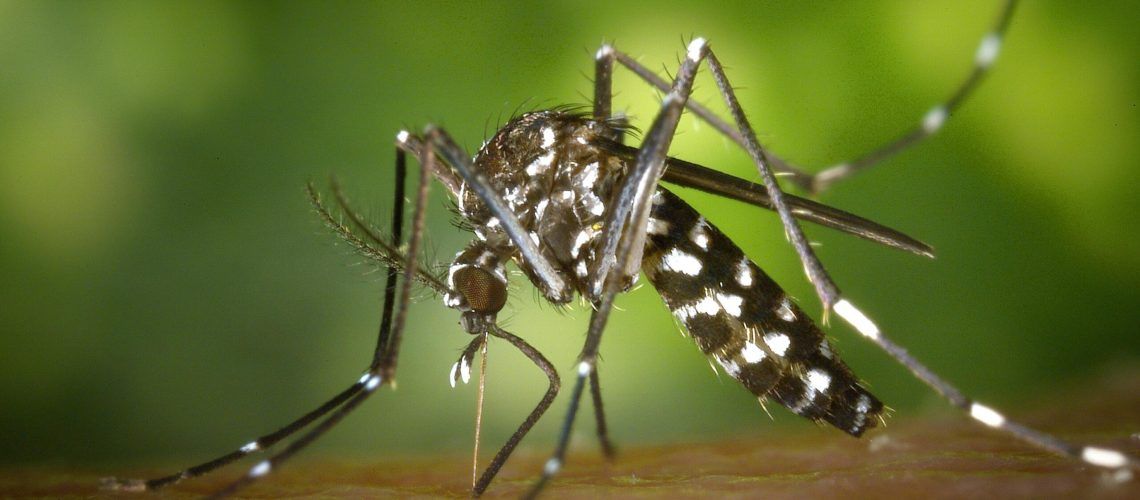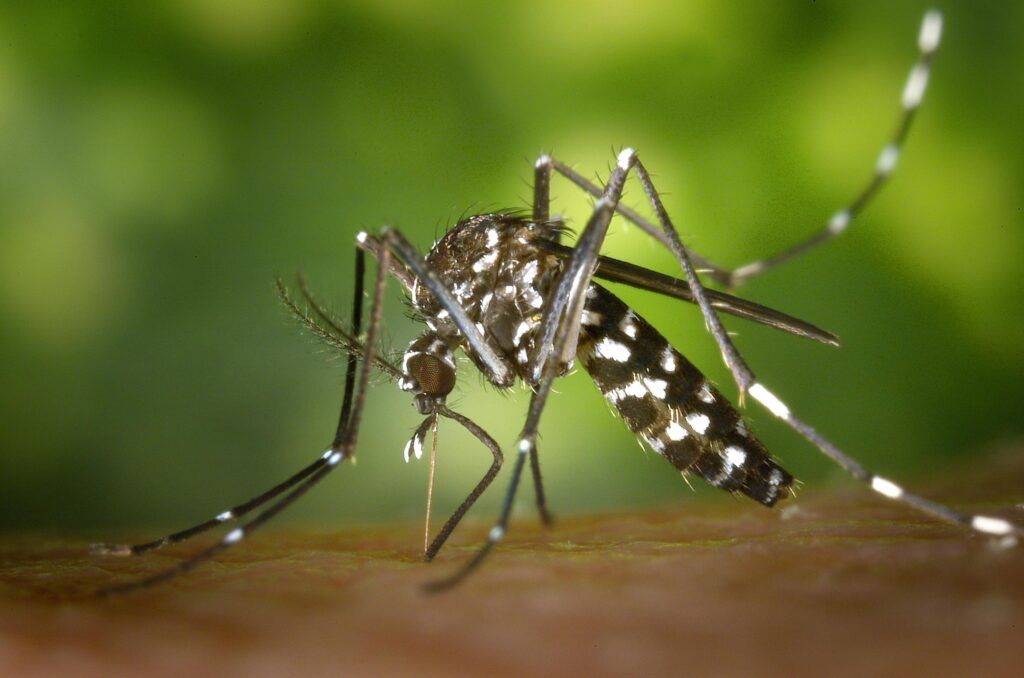Many infectious diseases rely on animals to infect humans. These “vector-borne” diseases first infect animals – insects for example – who can spread the microbe when bite or otherwise come into contact with a person. Lyme disease carried by ticks is a well-known example, as is malaria which is caused by mosquito bites. Rapidly changing climate conditions are intensifying the threat of vector-borne infection as many disease-carrying species. rain patterns are expanding vectors’ range and their active periods. Shorter, milder winters pair with longer, hotter summers have allowed ticks and mosquitos to stay active throughout the year. The concept of tick season is quickly vanishing.
More frequent and severe floods are allowing malaria-carrying mosquitos to thrive in new regions, including Southern US states. This northward migration has brought viruses such as dengue, malaria and Zika to regions where they were once nearly unheard of. Last summer Texas and Florida and Maryland saw locally acquired malaria infections. Experts warn that that these and other diseases will continue to become more common as the climate gets warmer and wetter.
Full Story: UC Davis Health


